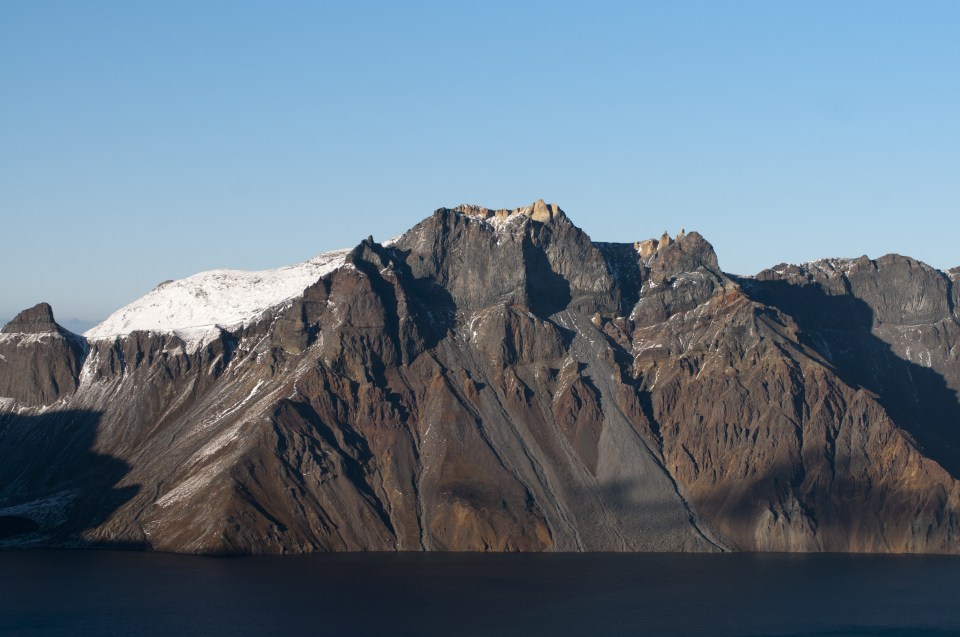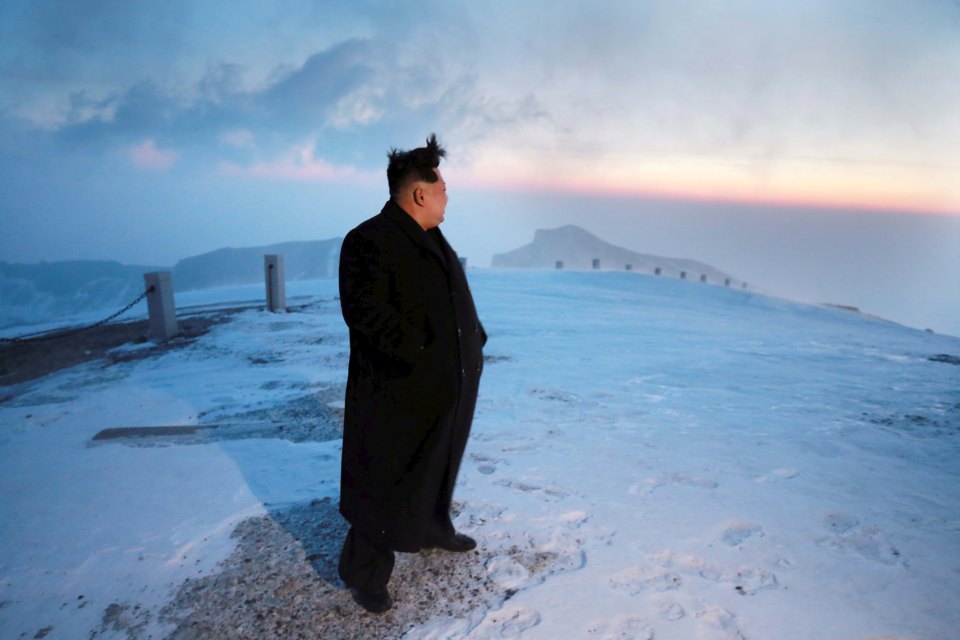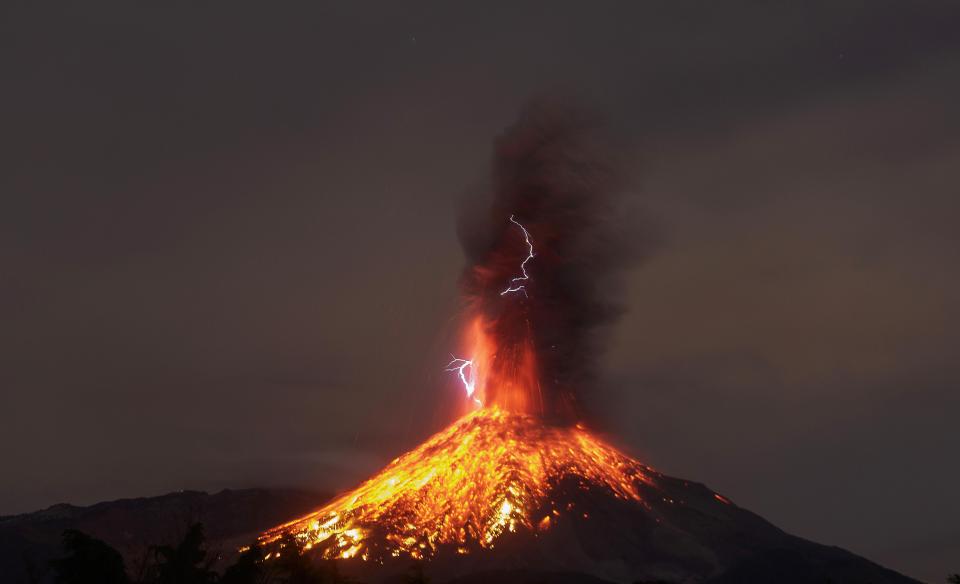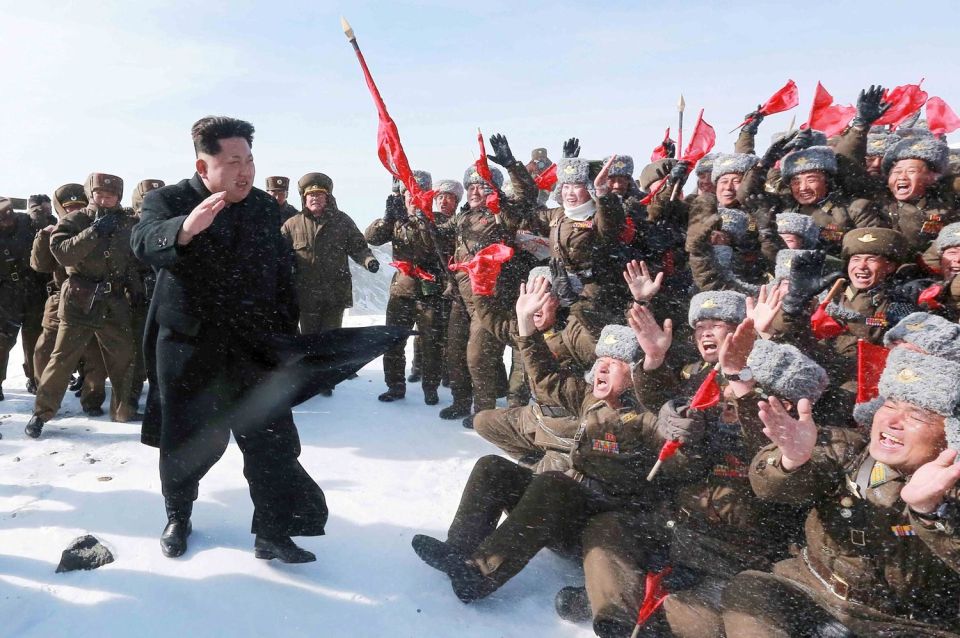North Korea MEGAVOLCANO could blow and spurt plumes of deadly sulphur that will cause GLOBAL catastrophe
Gigantic volcano could be far deadlier than first thought, scientists have warned

A MEGA-VOLCANO in North Korea could spark a global catastrophe if it blows again, experts have warned.
Concerned scientists have called for investigations into the Mount Paektu, which was responsible for one of the largest blasts in history.
Spanning the borders of North Korea and China, Mount Paektu is a cause for concern due to North Korea's dictator Kim Jong-un's missile tests, which may spark a premature blast.
It last erupted up in 946AD, leaving a five kilometre blow hole and showering Japan in black ash.
A recent study has found it released a lot more sulphur into the atmosphere than initially believed - and that a second eruption could cause "extreme climatic effects" around the world.
The research, published in journal Science Advances states: "In the case of the Mount Paektu 946 eruption, ice cores and tree ring records provide little evidence of a decrease in global temperatures, leading scientists to believe that little sulphur was emitted in the eruption.
"However, the new study shows that, in contrast to earlier estimates, the 946 eruption did eject large volumes – up to 45 megatons – of sulphur into the atmosphere."
In comparison, Indonesia's Mount Tambora, whose 1815 explosion poured 28 megatons of sulfur into the atmosphere, sparked a "year without a summer" after ash blackened the skies.
Related stories
Dr James Hammond, lecturer in geophysics in Birkbeck’s Department of Earth and Planetary Sciences, said: “This paper shows how important it is to study volcanoes no matter where they are. This volcano, responsible for one of the largest eruptions on record was thought to have had minimal sulphur release.
"Rather, we suggest it could have been one of the largest on record. This is the second paper from our collaboration with DPRK scientists and we are currently planning new projects to understand this enigmatic volcano."
Eruption concerns appear to have sparked a rare relationship between North Korea and the West, with the largely secretive nation inviting scientists from the UK and US to help investigate.
Stephen Grand, a seismologist at the University of Texas at Austin, previously said: “I think the risk of a destructive eruption here is very real."
We pay for your stories! Do you have a story for The Sun Online news team? Email us at tips@the-sun.co.uk or call 0207 782 4368















